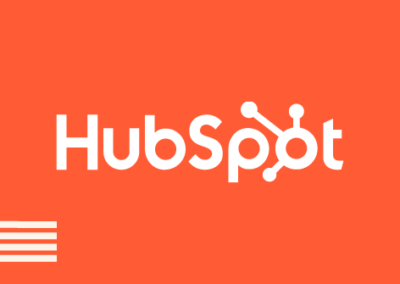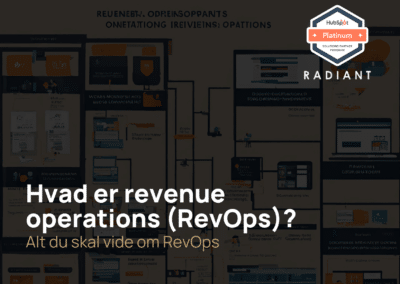In this article we will go through what a sandbox is, the purpose of one, what is it in HubSpot, the benfits and how to set one up in Hubspot and how to switch to it. All in all, you will gain knowledge about is a sandbox usefull for you and how should you implement it.
What is a Sandbox?
It is a testing environment that isolates untested changes and outright experimentation from the production environment or repository, in the context of software development including Web development and revision control. It allows developers and users to test new code, features, or configurations without affecting the main system.
What is the Purpose?
The primary purpose of a sandbox is to:
- Test New Features: Before implementing new features in the main environment, they can be tested in the sandbox to ensure they work as expected.
- Prevent System Failures: By testing changes in a sandbox, potential issues can be identified and resolved before they affect the main system.
- Protect Data Integrity: In a sandbox, users can experiment without risking the integrity of the main system’s data.
- Facilitate Training: New users can familiarize themselves with a system in the sandbox environment without affecting real data or system operations.
Furthermore, HubSpot has their own product page about the sandbox software you can look at for more benefits and the purpose of the Sandbox Software – read more here
What is HubSpot Sandbox?
HubSpot’s sandbox software provides a testing environment that mirrors your production account of HubSpot. It allows users to customize and experiment within HubSpot without affecting their live data. Whether you’re building a custom sales pipeline, developing a new theme, or testing integrations, the sandbox ensures that every facet of your strategy works exactly as intended before taking it live.
Benefits of Having a Sandbox
After you have implemented it, it comes with numerous advantages, especially in the realms of software development, testing, and IT operations. Below we have gathered some of the key benefits of having a sandbox:
- Risk Reduction: A sandbox provides a safe environment to test new code, configurations, or software without affecting the live production environment. This reduces the risk of introducing errors or issues to end-users.
- Experimentation: Developers and testers can freely experiment with new features, configurations, or solutions in the sandbox without the fear of causing disruptions.
- Training: New employees or team members can use the sandbox to familiarize themselves with systems, applications, or processes without affecting real data or operations.
- Replication of Issues: If there’s a bug or issue in the production environment, it can be replicated in the sandbox. This allows for in-depth troubleshooting without affecting live operations.
- Performance Testing: Before rolling out new features or updates, performance can be tested in the sandbox to ensure that there are no scalability or efficiency issues.
- Cost-Efficiency: Testing in a sandbox can identify issues early in the development process, reducing the costs associated with fixing problems after deployment.
- Feedback and optimization: Multiple teams or departments can collaborate in the sandbox environment, sharing feedback, and ensuring that the final product meets all requirements.
- Confidence in Deployment: After thorough testing in the sandbox, there’s greater confidence when deploying changes to the production environment, knowing that most potential issues have been addressed.
All in all, a sandbox environment ensures that the experimentation, testing, and development processes don’t negatively impact the primary operations of an organization.
How to set up a Sandbox Account in HubSpot?
First, if you want a sandbox account in HubSpot, you must have one of the following HubSpot subscriptions; marketing hub enterprise, sales hub enterprise, service hub enterprise, operations hub enterprise ,CMS hub Enterprise. To create the sandbox, follow the following steps:
- Click the settings icon.
- Choose Sandbox in the left sidebar menu.
- Click Build standard sandbox.
- Now follow the steps you are presented with such as giving the sandbox a name, which supported assets to sync such as contacts, forms, lists, marketing email etc.
If you have any difficulties configuring, you sandbox in HubSpot you can visit their knowledge base or contact us.
How do I Switch to it HubSpot?
To switch to a sandbox in HubSpot:
- Navigate to your HubSpot account settings.
- In the left sidebar menu, select “Sandboxes”.
- Click on the name of the sandbox you wish to access.
It’s essential to note that any changes made in the sandbox won’t affect your live HubSpot account, ensuring that your actual data remains untouched while you experiment and test in the sandbox environment.



